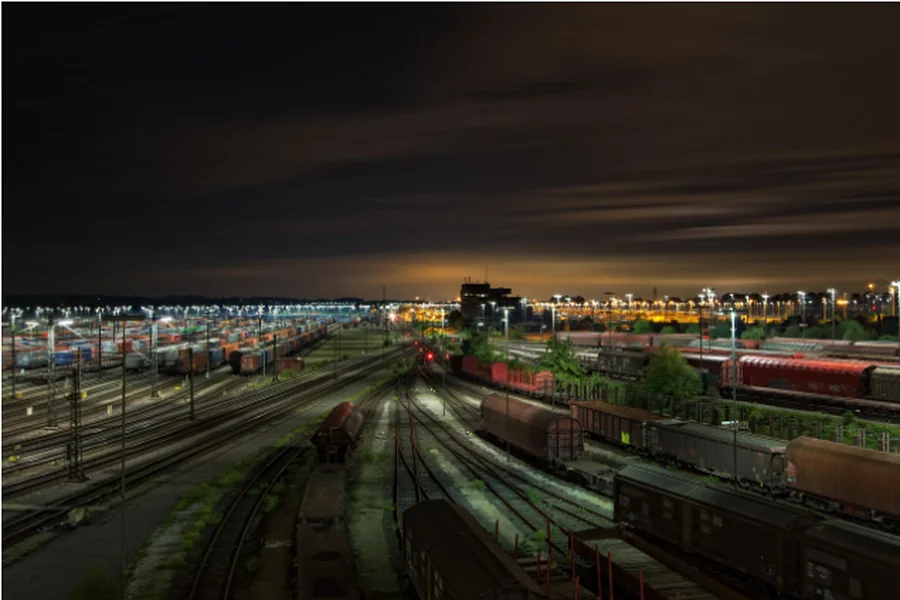The world of logistics thrives on efficiency, safety, and innovation. Every day, millions of goods travel across continents, packed tightly on pallets and moved through complex distribution networks. As businesses push for faster delivery and reduced costs, the humble pallet becomes a critical focus. A small but powerful tool has emerged to address key challenges in this arena: grip sheets.
The underestimated hero of secure transport
In any high-volume warehouse or distribution center, the risk of products slipping or shifting during transit is a constant concern. Traditional methods such as shrink wrap, strapping, and corner boards have limitations, often leading to wasted materials or time-consuming processes. Enter grip sheets—a simple solution with a profound impact.
Grip sheets are thin, coated paper layers placed between palletized loads. Their unique surface increases friction, substantially reducing product movement. This innovation not only minimizes damage during transport but also makes loading and unloading more efficient. With goods more stable, fewer accidents and less product loss occur, translating directly to cost savings for companies.
How grip sheets drive sustainability
Sustainability is no longer just a buzzword; it is a core requirement for businesses seeking to maintain their competitive edge. Traditional packaging materials, particularly single-use plastics, face growing scrutiny due to environmental concerns. Grip sheets offer a sustainable alternative by significantly reducing the need for plastic wrap and strapping.
Companies integrating grip sheets into their packaging strategies report a marked decrease in plastic usage. The sheets themselves are often made from recycled materials and are fully recyclable, aligning with eco-friendly initiatives. This makes grip sheets an ideal solution for organizations aiming to lower their carbon footprint without compromising load security.
Streamlining warehouse operations
In fast-paced environments where time is money, even small improvements can lead to substantial gains. Warehousing teams quickly realize the operational benefits when adopting grip sheets. The sheets are lightweight and easy to handle, allowing for swift placement between layers of goods. Unlike bulky wrapping or strapping methods, grip sheets do not require specialized equipment or extensive training.
This ease of use leads to faster pallet assembly and disassembly, reducing labor costs and improving overall throughput. Furthermore, because grip sheets prevent slippage, they enable higher stacking on pallets, maximizing storage space both in the warehouse and during transportation. For companies managing thousands of pallets each month, these incremental efficiencies add up to significant time and cost reductions.
Applications across diverse sectors
While grip sheets originated as a solution for standard freight and logistics, their use now spans various industries. Food and beverage producers, for example, value the sheets for their hygiene and compliance with food safety regulations. The pharmaceutical sector benefits from the added stability that grip sheets deliver, ensuring sensitive products remain intact throughout the supply chain.
E-commerce and retail businesses, which often handle mixed loads and fragile items, utilize grip sheets to avoid costly breakages. Even automotive and electronics manufacturers have adopted grip sheets to protect high-value components. The adaptability of this simple product is what makes it indispensable across such a broad range of applications.
Boosting safety and reducing risk
Worker safety is paramount in logistics. Unstable pallet loads not only threaten product integrity but also create hazards for employees. Grip sheets help mitigate these risks by ensuring that goods remain securely in place during handling and transit. This stability minimizes incidents of falling goods, which can cause injury or disrupt operations.
Additionally, the reduction in packaging materials such as plastic wrap decreases the risk of slips and trips on warehouse floors. By adopting grip sheets, companies foster safer working environments while maintaining high standards for load security.
The future of palletisation
As logistics continue to evolve, grip sheets are poised to play an even greater role in shaping modern supply chains. With growing emphasis on automation, these sheets integrate seamlessly with robotic palletising systems, further boosting efficiency. Their recyclable nature and contribution to waste reduction position them as a leading choice for companies striving to meet environmental goals.
In summary, grip sheets exemplify how small innovations can drive major transformations in logistics. They enhance load stability, support sustainability, streamline operations, and improve safety—all while meeting the demands of a fast-moving industry. For companies seeking to optimize their supply chain and embrace responsible packaging, investing in grip sheets is a step toward a more efficient and sustainable future.

